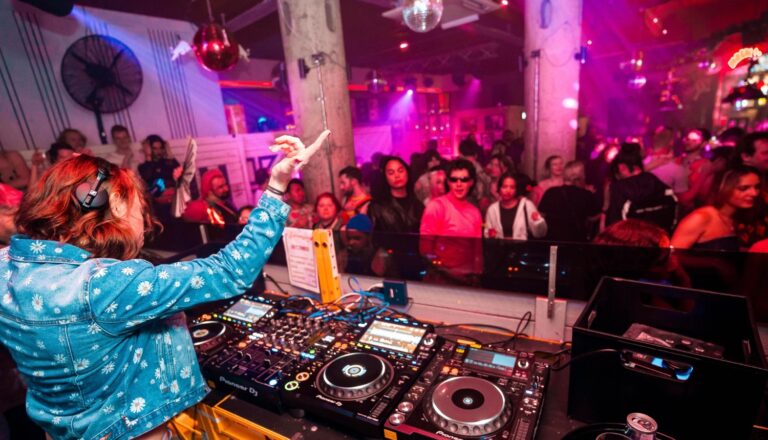
Shock tactics
It’s been a busy week for the royal family and the controversy with Prince Harry admitting to getting drunk and experimenting with cannabis. When you consider the high rates of alcohol use and cannabis experimentation by teenagers, it should come as no real surprise that the young prince has tried these drugs. As he’s such a public figure, the resulting media attention is also to be expected. However, the response by his father to take his son to a rehabilitation centre to talk to addicts is one that has also received some attention.
The public is very much split about this action. Those who have had little to do with drugs regard it as the right thing to do. The drug users tell their personal stories of how drugs adversely affected their lives and as a result the drug taking will stop. Many involved with the drug culture see this response as a waste of time -“ shock tactics like these rarely have an effect on a young person who is enjoying the effects of their drug of choice.
So what does the research say about shock tactics and do they have a place in educating drug users in our community?
Shock tactics encompass a variety of different techniques. Many of you will remember a police officer coming into your school and showing you pictures of terrible car accidents in an effort to prevent speeding and/or drinking and driving. Photographs of diseased lungs and other body parts were often used in health lessons to dissuade young people from smoking. One of my earliest memories of health education was a young man being brought into our classroom who had had cancer caused by smoking. He had lost his voice box and was forced to talk through a machine held against his throat.
Yes, these images shocked and horrified -“ but did it really stop young people from partaking in the risk-taking behaviour?
When GHB first appeared and the number of overdoses was high, many people wanted the appropriate agencies to do a shock campaign and pictures of people in comas, on stretchers and the suchlike were suggested. Instead we concentrated on providing a good quality information campaign so that people could make well-informed choices when faced with the decision to use the drug or not.
Most people, particularly young people, believe that it is never going to happen to them. No matter what you tell them, no matter how good the information is, no matter how shocking the image -“ their behaviour will not change unless something happens to them directly. The number of people who have come up to me and told me their own personal GHB overdose story is amazing. The start of the conversation is nearly always the same: I’d read all the information but I never believed it would happen to me -¦
Shock tactics have a place in public health education. They obviously work in preventing some people from taking part in risky behaviour. The question needs to be asked though -“ would those people have ever partaken in that activity in the first place?
Remember: if you do not want any negative consequences, do not use the drug, and no matter how many times you have used a substance, never be blas?









